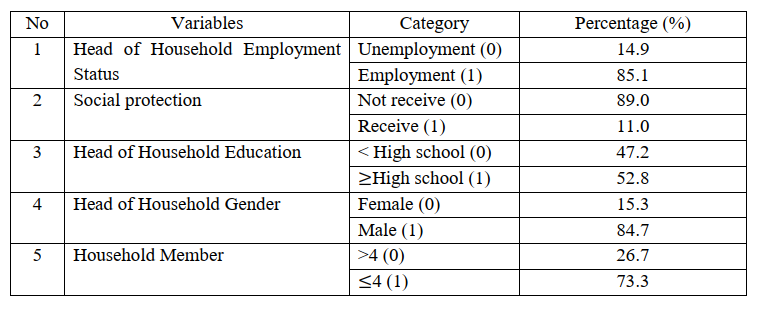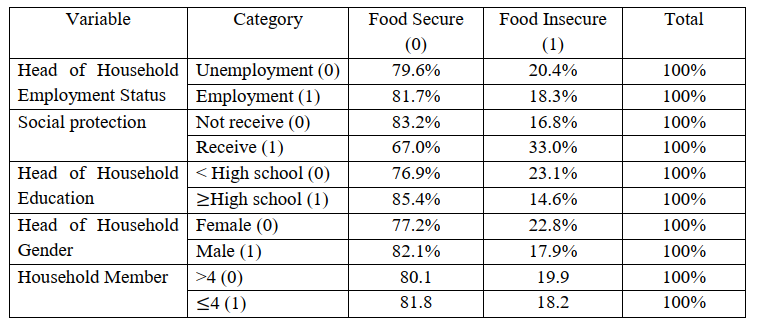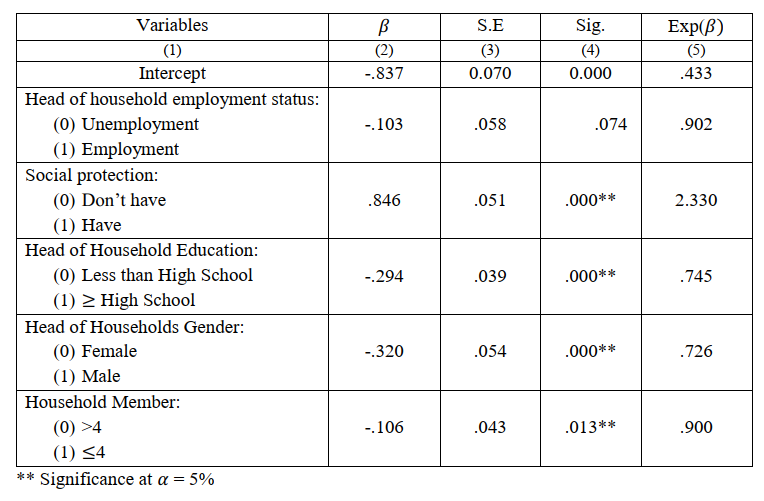Households Food Insecurity Under COVID-19 in Indonesia
Conference
64th ISI World Statistics Congress - Ottawa, Canada
Format: CPS Abstract
Keywords: food insecurity, logistic-regression, national socio and economic survey
Abstract
The COVID-19 pandemic has disrupted the achievement of Sustainable Development Goal (SDGs) number two, achieving food security, improved nutrition, and promoting sustainable agriculture. The target is to achieve universal access to safe and nutritious food and end all forms of malnutrition. However, the Covid-19 pandemic has caused economic disruption due to the implementation of lockdown and semi-lockdown policies. This has an indirect impact on the prevalence of food insecurity. Food security means people have physical and economic access to sufficient, safe, and nutritious food to meet their dietary needs and food preferences for an active, intelligent, and healthy life. When one of these components is unmet, it is considered food insecurity. Indonesia was ranked 69th out of 113 countries with a score of 59.2, a decline of 2.2 points from the previous year.
The large-scale social restrictions to prevent the spread of the COVID-19 virus has resulted in an economic downturn as a consequence. In the second quarter of 2020, the highest contributors of GDP, household consumption and investment, contracted by -1.38% and -3.47%, respectively, while economic activity related to the global economy, exports, experienced the deepest economic contraction minus 5.79 %. In addition, the prevalence of the food insecurity experience scale (FIES) in Indonesia has a slow decline compared to the previous year. The decline before the pandemic was around 20%, while the decline in 2020 and 2021 was around 6%. This study aimed to discuss the relationship between household socioeconomic factors and food insecurity in Indonesia during the Covid-19 pandemic using National Social and Economic Survey March data and analyzed with a binary logistic regression model. The goodness of fit test using Hosmer and Lemeshow’s test and partial test using a significance level of 5% is used to test the model, and it shows that the p-value is about 0.084, and it is more than the significance level of 5%. Therefore, the model is appropriate to explain the food insecurity status in household. In 2020, there are approximately 18,6% of households in Indonesia with food insecurity status. The result of the partial test shows that four out of five variables significantly affect household food insecurity during pandemic Covid-19. The significant variables are social protection, head of household education, head of the household gender, and the number of household members. Households with male-headed households, employed, and high school education and above, have less tendency to be food insecure. Households that have a high tendency to be food insecure are households that received social protection and households with more than four members.
Figures/Tables
tabel 1. description of household backgrounds of indonesia

tabel 2. the percentage of food security status of household in indonesia by characteristics

tabel 3. goodness of fit test

tabel 4. partial test

